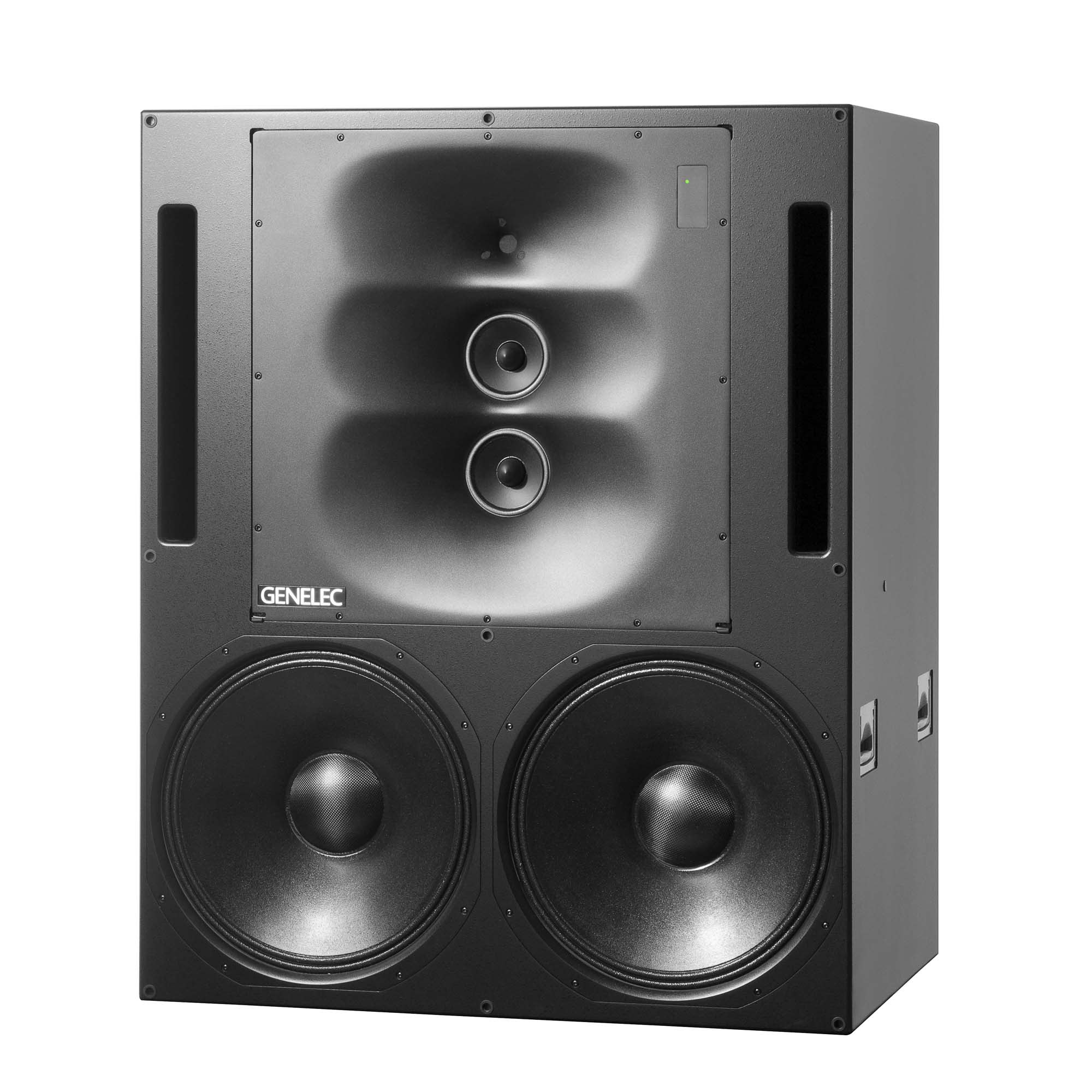The Image Control waveguide on the M2s actually had defined coverage and smooth response in the oblique planes. Because the waveguide needs an expanding cross sectional area, the "knuckles" were used on the horizontal and vertical planes to move the upper pattern control frequency higher, but the obliques could not. as a result, the upper pattern control frequency in the oblique planes was significantly lower. this could potentially affect perceived timbre. The solution, of course, would be to have a compression driver with a 1" exit, at the expense of higher distortion from the non-linearity of air at higher SPL.
A well designed diffraction waveguide should not impart sonic coloration if the diffraction feature is blended to smear the reflection in time. This actually reduces the reflection back down the throat and associated frequency response (and impulse response) anomalies.
level 2
ilkless
1 point·
2 years ago
Thank you for the excellent answers!
diffraction feature is blended to smear the reflection in time
So this smearing isn't something that we can perceive?
level 3
Kali_Audi fficial
fficial
4 points·
2 years ago
From Charles:
I'm not aware of any controlled experiments with subjective analysis on this. From my own experience, I have not been able to hear artifacts from blended diffraction features so long as the impulse response and frequency response are good.


